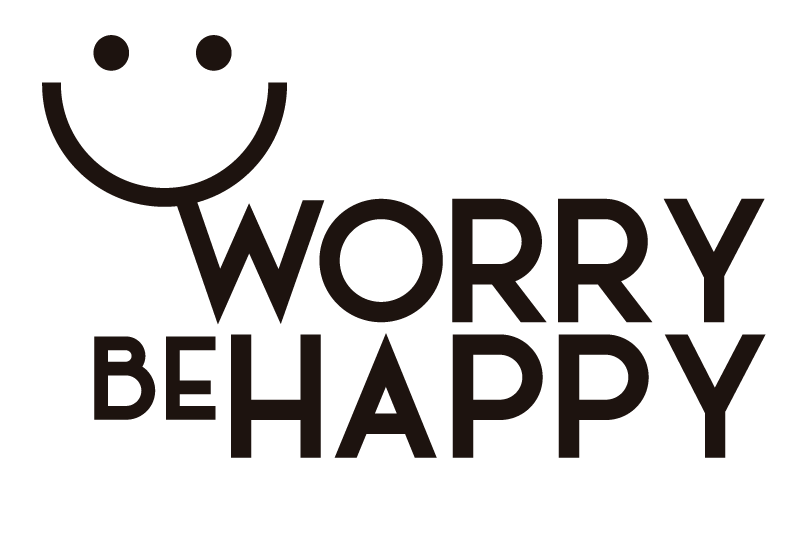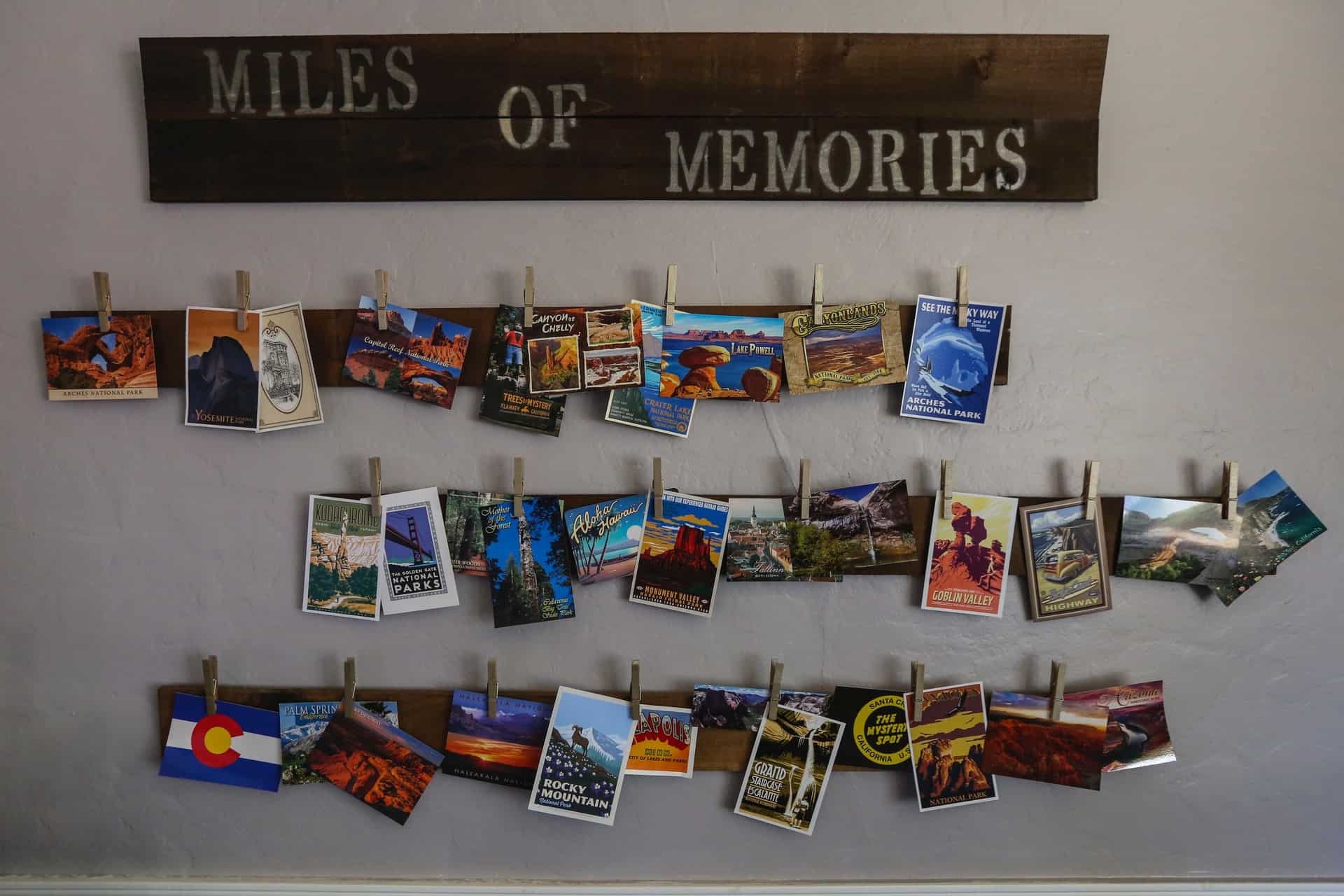IMPORTANT ADVICE: there aren’t any affiliate marketing links, and I don’t receive anything at all from people I mention in this article.
I used to forget everything.
I do agree 100% with David Allen when he says things like this:
“Your mind is for having ideas, not holding them” — David Allen.
That’s why I created a long time ago my second brain, a digital one, “to forget” about having to remember things.
Now we have hard disks, cloud storage, we can find anything in Google…
Why do we need to use our memory?
I used to think that way, but once again, I was wrong.
When we take the concepts to the extreme is when we start failing. Generally, nothing’s good at extremes. Better not to touch the edges, the limits. Avoiding unnecessary risks equals winning many battles.
I started being interested in memorization techniques when I decided to improve my English. I needed to recall terms, expressions… How the hell could I do that without using my memory?
That’s when I started training in these 2 memorization techniques.
1. Mnemonics
As Wikipedia says,
“Mnemonics are often verbal, such as a very short poem or a special word used to help a person remember something, particularly lists, but they may be visual, kinesthetic or auditory. Mnemonics rely on associations between easy-to-remember constructs which can be related back to the data that is to be remembered. This is based on the principle that the human mind much more easily remembers spatial, personal, surprising, sexual or humorous or otherwise meaningful information than arbitrary sequences.”
I bet on visual mnemonics techniques to improve my memory. Let’s leave spatial to the second technique I will share with you below.
We, as human beings, are good at visual memories. Our ancestors needed to:
- remember a poisonous plant,
- a good food,
- our parent’s faces,
- …
That’s why you should always try to “translate” anything you want to remember into images.
These images must be based on (sorry if someone gets upset) sex, violence, surrealism, humor…
Those are the kind of images our brains better retain. The “harder” the image is, the better you will be able to recall it.
Don’t worry, it’s just in your mind, and you don’t need to tell anyone about it.
It’s your “little secret”.
So, whenever you need to remember anything, try to convert it into a visual image, “as hard” as you may imagine.
2. Memory palaces
I won’t extend here explaining this technique because you can find tons of information on the Internet if you’re interested in it.
Basically, the point about this technique is to associate the items to be remembered with specific physical locations.
Our ancestors (and you and me too) were great talking about locations:
- We needed to know (and remember) our way back home
- We needed to know (and remember) good hunting places
- …
You can create a memory palace based on any place you know very well:
- Your house.
- Your car.
- Your office.
- Your own body!
Whenever you decide which one to use, you need to set spots in each memory palace, being able to number them, so that you can always make the same journey, going spot by spot following precisely the same order.
For example, if I use my body, I set these spots:
- My forehead
- My right shoulder
- My left shoulder
- My chest
That’s a memory palace with 4 spots, and I will always go through it in the same order: 1, 2, 3, 4.
You get the idea, right?
The power of the combination
“Unity is strength.”
Now, we’re going to combine them.
Whenever I want to remember something:
- I create a visual mnemonic.
- I put that crazy mnemonic inside a spot of any of my memory palaces.
Combining visualization with a spot is when power appears.
Memory palaces are very useful even if you don’t need to remember the items’ order because you’re linking the mnemonic and a place you perfectly know.
The more links you create, the better you will remember the item.
You may not use a memory palace (it’s not mandatory) and just base your memorization method on a location, as I will explain right now.
Using memorization techniques with sales purposes
I guess you’re saying or thinking this: “How the hell will I use this to increase my sales?”.
Here comes the answer.
Something I noticed a long time ago was how we love to be called by our names.
This is something Dale Carnegie’s defines perfectly in its classic “How To Win Friends and Influence People”:
“The name sets the individual apart; it makes him or her unique among all others. The information we are imparting or the request we are making takes on a special importance when we approach the situation with the name of the individual.” — Dale Carnegie
As Carnegie says, we have to “Remember that a person’s name is to that person the sweetest and most important sound in any language”.
Carnegie tells us some tips to remember someone’s name:
- Spell it
- Create a mental image of the person.
- Say it multiple times.
- Write it down and look at it.
I tested all those but, in the end, I realized that the best way was mnemonic + memory palace (or location).
For instance, a month ago, I went to an Indian restaurant. The owner, a woman, was named something like “Miusi”.
I quickly imagine:
- A huge musical note (a treble clef) breaking the whole bar counter.
- Everything was full of glass. It was a mess!
- Poor “Miusi” was crying out loud because of that.
I’ve experienced adding action, as a movie, to mnemonics makes it work even better.
That mnemonic was clearly associated with the word “Music”, which drives me to “Miusi” (as I’m not an English native speaker, I always put the Union Jack in the image to know I’m using an English term).
It sounds weird (I thought the same at the beginning), but you can do that as fast as milliseconds when you practice that technique. And it works!
Last night, I visited Miusi’s restaurant and, when I greeted her by her name, she smiled and gave me the best place in the restaurant.
Don’t look at it just like a way to get things / results / benefits from others.
It’s just a way to improve empathy, relationships, being closer to people, showing them that you care about them.
When you are in a network meeting, a cocktail, full of people, being introduced to dozens of them, remembering their names is a way to increase your probability to make a sale.
I’ve already tested it, and it’s true. Whenever you start naming people, they pay you attention, you break the ice, your potential contact feels closer, it’s easier to talk to him/her.
Try it by yourself.
My technique to remember names is:
- Trying to make a connection with someone I perfectly know whose name’s the same.
- Then I create “stupid” images between both, making strange things together.
- Finally, I link that image to a location I know (a memory palace) or the place I met that person.
Conclusions
We shouldn’t use memorization techniques just for sales purposes.
By doing these techniques, we’re improving our brains. It’s proven these mental exercises are excellent for our brains. They’re the workout sessions they need.
If you want to navigate deeper into these topics, I learned a lot from these 4 amazing people:
Remembering things such as numbers, names, lists… saves you time, makes your life more comfortable, gives you control and security.
The easier your life is, the better your brain and body will feel.
Photo at the top courtesy of Mick Haupt on Unsplash.

